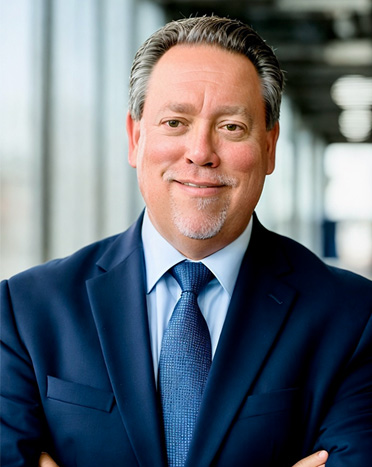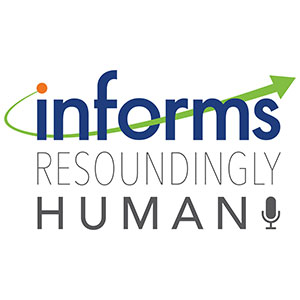
Ebola, here we go again
Once again, a deadly outbreak of the Ebola virus disease is spreading throughout parts of Africa, mostly in the northern provinces of the Democratic Republic of Congo (DRC).

Once again, a deadly outbreak of the Ebola virus disease is spreading throughout parts of Africa, mostly in the northern provinces of the Democratic Republic of Congo (DRC).

Applebee's, Olive Garden, Outback Steakhouse, and Chili's have all introduced tablets across their stores, while others, notably TGI Fridays and Chuck E. Cheese, have employed tablet tech for servers to directly send customer orders to the kitchen. BJ's Restaurants is testing pre-ordering via an app for its dine-in service at several of its stores this year.

Like Kenny Rogers' gambler, who has to "know when to hold 'em, know when to fold 'em," banks face financial risks and uncertainty when deciding when to chase consumers who default on their credit card payments and when to let them go.

As cannabis becomes legalized in more states across the U.S., many researchers are trying to measure the outcome of the new laws and cultural practices. In a study upcoming in the INFORMS journal Marketing Science, a team of researchers used internet search data to evaluate the effect of marijuana legalization on both adults and youth. "Asymmetric Effects of Recreational Cannabis Legalization” found that the new laws on cannabis affected searches for alcohol and tobacco differently, and that young people had different search patterns than adults.

New research among INFORMS members is saving hospitals big bucks. In the last year, a new module to predict and prevent seizures in brain injury patients saved more than $7 million and doubled the number of patients being treated.

Jeff Cohen
Chief Strategy Officer
INFORMS
Catonsville, MD
[email protected]
443-757-3565
An audio journey of how data and analytics save lives, save money and solve problems.


With seemingly no limit to the demand for artificial intelligence, everyone in the energy, AI, and climate fields is justifiably worried. Will there be enough clean electricity to power AI and enough water to cool the data centers that support this technology? These are important questions with serious implications for communities, the economy, and the environment.

It’s college graduation season, which means over 4 million seniors will graduate in the next few weeks, flooding the job market with new candidates. One area that has shown high potential for the right candidates is artificial intelligence and machine learning. Both disciplines are part of the larger data and analytics career path.

Drugs being explicitly developed to treat rare diseases are getting more expensive.

Robert F. Kennedy Jr., as the new secretary of Health and Human Services, is the nation’s de facto healthcare czar. He will have influence over numerous highly visible agencies, including the Centers for Disease Control and Prevention, the National Institutes of Health and the Food and Drug Administration, among others. Given that healthcare is something that touches everyone’s life, his footprint of influence will be expansive.

The recent US-China agreement to temporarily reduce tariffs is a major step for global trade, with tariffs on US goods entering China dropping from 125% to 10% and on Chinese goods entering the US decreasing from 145% to 30% starting May 14. While this has boosted markets and created optimism, key industries like autos and steel remain affected, leaving businesses waiting for clearer long-term trade policies.

With sweeping new tariffs on Chinese-made products set to take effect this summer, Americans are being urged to prepare for price hikes on everyday goods. President Donald Trump's reinstated trade policies are expected to affect a wide swath of consumer imports, including electronics, furniture, appliances, and baby gear. Retail experts are advising shoppers to act before the tariffs hit and prices rise.

Twenty years ago, few people would have been able to imagine the energy landscape of today. In 2005, US oil production, after a long decline, had fallen to its lowest levels in decades, and few experts thought that would change.

In the case of upgrading electrical and broadband infrastructure, new analysis from the University of Massachusetts Amherst reveals {that a} “dig once” strategy is almost 40% more economical than changing them individually.